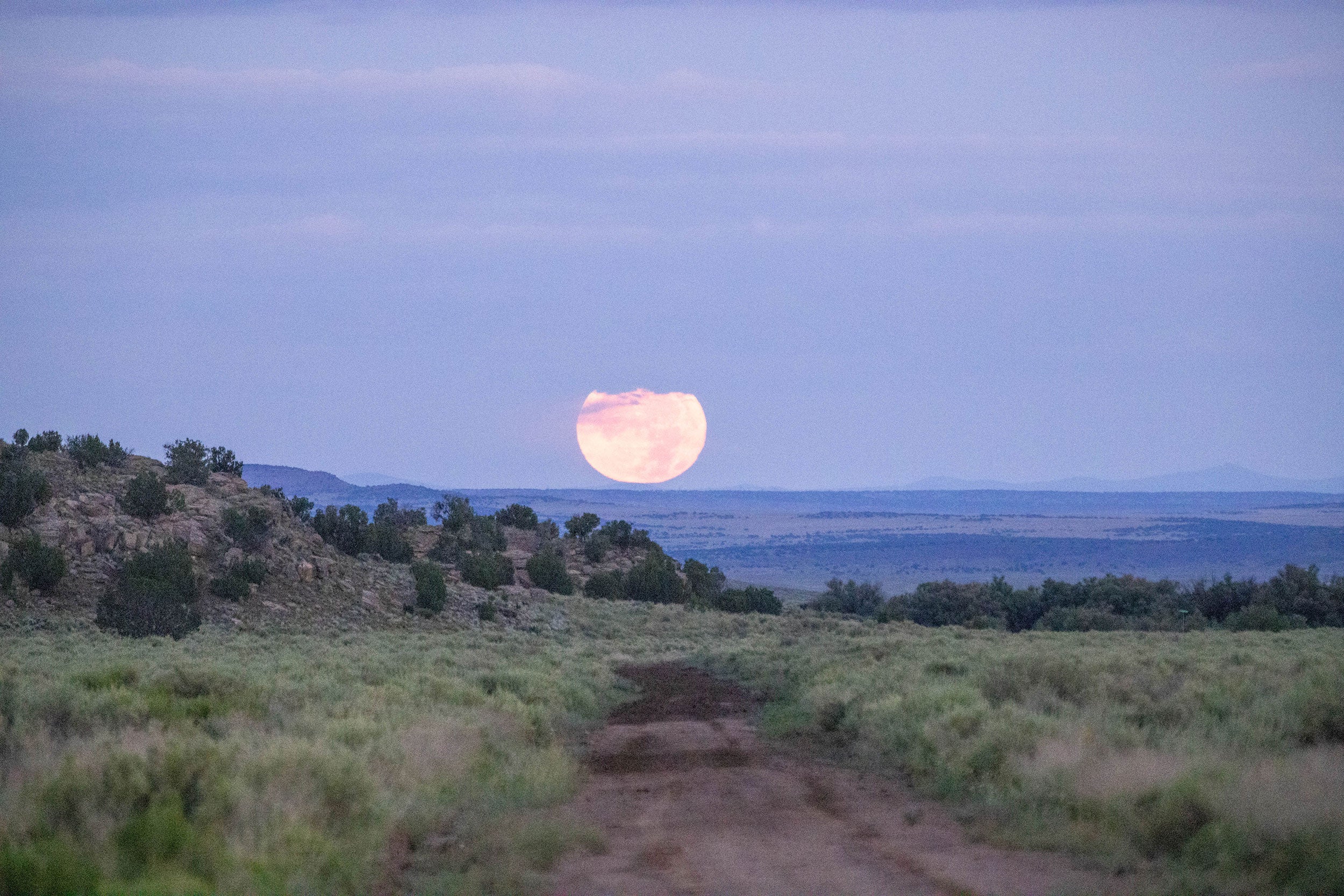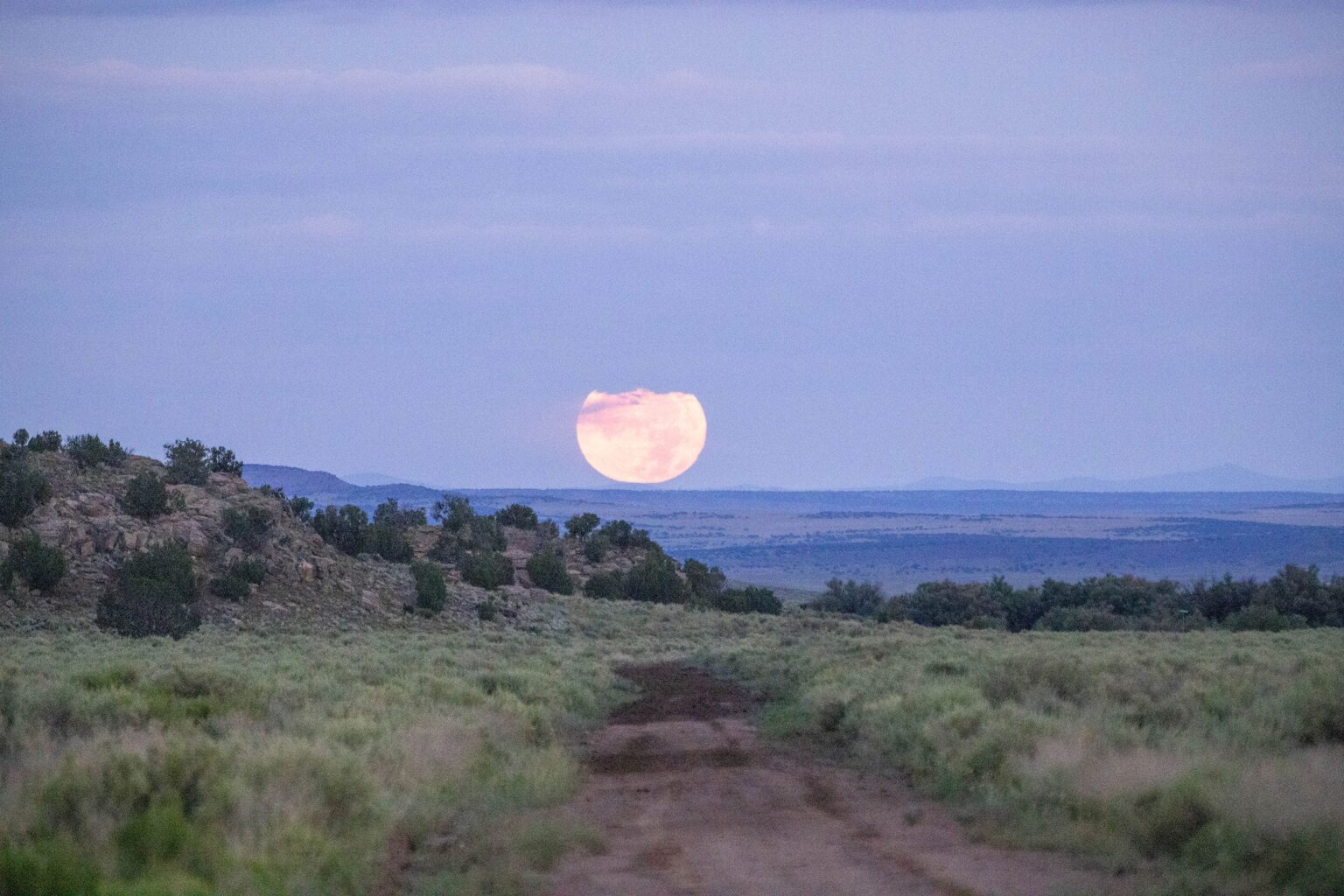The Great Western Ranch — stretching more than 500,000 acres across New Mexico, making it one of the largest ranches in the United States — has just been sold. This hope is that this transaction allows the ranch to remain a vital ecological corridor and a model for large-scale land conservation in the American West.
The final sale price was not made public, but its real estate listing shows the previous owners were asking for $115 million.
The Great Western Ranch is renowned for its abundant big game populations, attracting hunters globally, and holds significant historical and archaeological importance with sites dating back to the Anasazi and earlier periods. The property boasts functional improvements, including multiple residences and ranch outbuildings, and a well-developed internal road infrastructure.
The ranch is north of Quemado and south of Fence Lake, just a mile east of the Arizona state line. It encompasses 225,582 deeded acres complemented by extensive leased lands totaling about 504,801 acres (nearly 790 square miles). Its sheer scale and meticulously managed infrastructure includes 86 functional wells, numerous natural water sources, and 2,230 miles of fencing dividing 134 pastures. It is lauded as an example of efficient rotational grazing and sustainable land use.

“The sale of the Great Western Ranch represents a significant event in the world of large land holdings,” said Dax Hayden, Managing Partner with Hayden Outdoors, who represented the buyer. “Our client is deeply committed to preserving the natural integrity and ecological health of this incredible property. The existing conservation efforts and the ranch’s rich biodiversity were key attractions, and the new ownership looks forward to building upon that legacy.”
The sale was brokered by Hall and Hall, an agricultural mortgage company founded in 1946 that has since grown into the largest full-service rural real estate firm in the Rocky Mountain West, Great Plains, and Southwest, and Southeast regions.
Jeff Buerger, partner with Hall and Hall, added, “This ranch is more than just land; it’s a living testament to generations of thoughtful management. Its importance for wildlife, particularly bull elk, mule deer, and antelope, as well as its historical significance, cannot be overstated. We are pleased to see it transition to owners who share a vision for its continued protection and responsible use.”
The history of this land includes the Anasazi, an ancient culture of Pueblo peoples who lived in the American Southwest from roughly 1 A.D. to 1300 A.D., and continues into the arrival of Spanish explorers. That gave way to the early homesteaders and then the ranchers of today.
The ranch has historical and archaeological sites, including Anasazi petroglyphs, ruins, and the tumbled-down stone homes and corrals of New Mexico’s earliest homesteaders.
The cow herd has been developed extensively over the years, offering good genetics and a proper understanding of the ecosystem. There are about 1,900 cow/calf pairs are currently being run on the ranch, and the previous owners has said that’s purposefully understocked because they felt “2,000 pairs is an ethical and sustainable number of livestock to run on a 10-year average.”
There are plans to sell approximately 1,000 head of cattle to Kansas in October, leaving about 900 at the ranch. In addition to the cows, the ranch owns 50 bulls and leases an additional 70 or so bulls.


